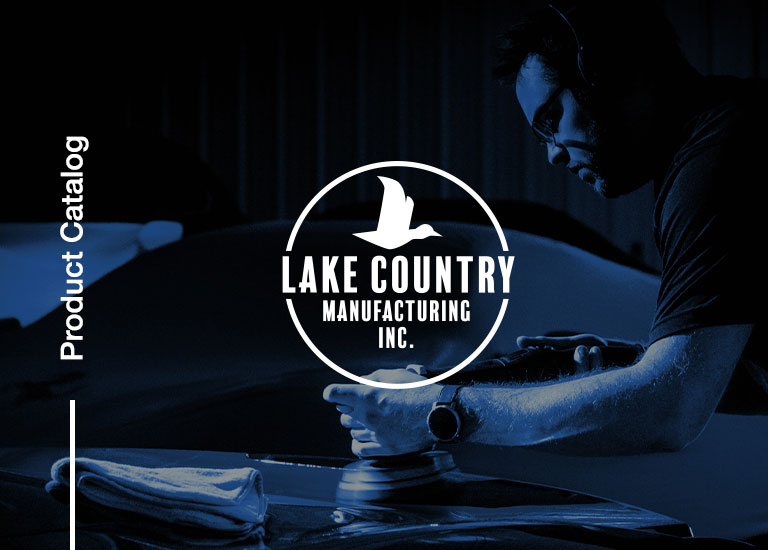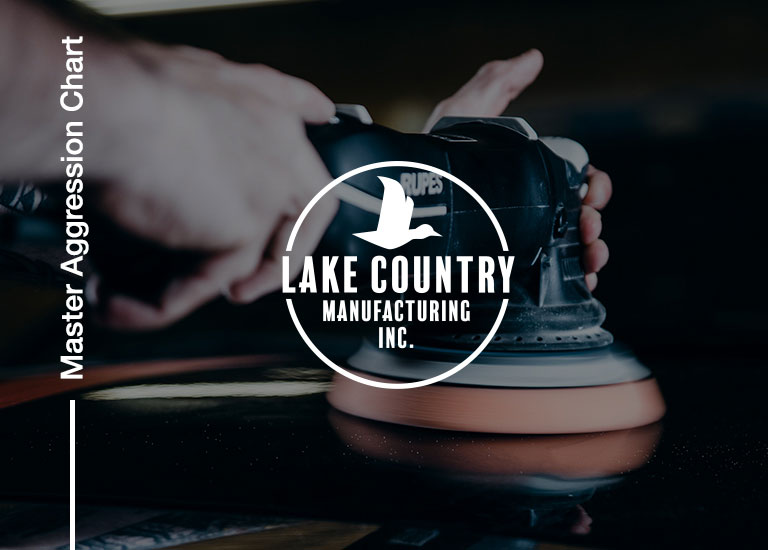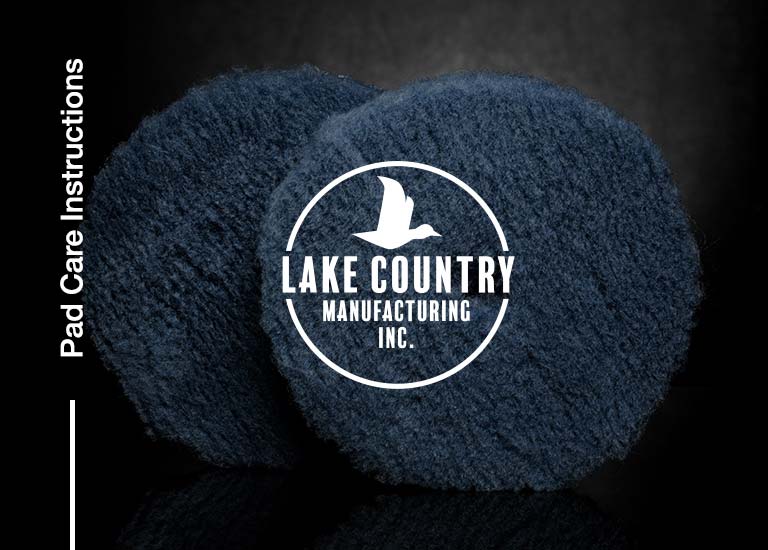FAQs
Frequently Asked Questions
Pad & Tool Info
With 69 patents worldwide, Lake Country is an industry leader in the innovation of polishing products, pads and accessories. For decades, we have continued to raise the bar and evolve to fit the needs of our constantly growing and changing market.
We’d all love to have an infinite stack of brand new pads, but in reality we’re going to need to clean and re-use. Using the Lake Country System 4000® Pad Washer will improve your efficiency, since you can clean and continue without leaving your project. If that’s not an option, then be sure to keep a stack of fresh pads at the ready so that you’re well-prepared for the task. If you’re correcting a family sedan, you should expect to need more than 5 cutting pads and at least 2 finishing pads. You can never have too many!
Polishing pads are different colors to distinguish the different types of foam and aggression/application levels. Some of our most recent pad lines contain new colors not previously used in the industry as a standard measurement of aggression. These colors are unique to the LC brand. Learn more about LC’s aggression rating system on our Pad Technology page.
The best pad for your project is the pad that strikes the right balance between cut (how aggressively it can remove paint material) and refinement (how little haze or dullness it might leave behind). Harder paints and deeper defects will call for a more aggressive pad so that you’re not wasting time and doing too little work. Fine swirls or soft paint surfaces require a gentler approach so that you don’t over-shoot the target and remove more paint material than necessary.
It’s all about abrasion! Cutting describes the use of a polisher, pad and liquid abrasive to remove paint material. The term is generally used when talking about more aggressive end pads for removing scratches, swirls and other prominent defects. The coarseness involved at this stage may leave behind a certain amount of haze or dullness. Finishing is still technically cutting (using a polisher, pad and liquid abrasive to remove paint material), but normally this word describes a much finer scale of abrasion to restore a clarity and gloss that the heavier cutting stages can’t.
Microfiber is a more modern option. The increased surface area of the fibers allows for the face of the pad to carry out more work on the paint surface, so ultimately they can offer higher levels of cut than a foam. But there are pros and cons–for example, the fibers have a tendency to clog and may need more regular cleaning than a foam pad would. You may prefer one over the other depending on your style, but the go-to among many pro detailers today would be a microfiber for cutting, then a foam for final finishing work. Learn more about microfiber, foam and other materials on our Pad Material page.
Random orbital polishers have the broadest range of abilities, are safest to use and can create the best possible gloss, but a skilled detailer tackling very heavy defects might want to try a rotary polisher for ultimate cutting efficiency.
Pads are rated from 1 to 10, according to two functions:
First is the cutting ability, which is how aggressively the pad will remove a defect.
Second is the finishing capability, which is how well the pad will be able to refine its own abrasion (from the cutting phase) to create a purer ‘gloss’.
Some pads are highly abrasive (aggressive) and will remove a defect quickly, but the trade-off for that efficiency is that they leave the surface dull or hazy. Pads at the opposite end of the polishing spectrum lack much cutting ability, but their primary function is to refine the surface leaving the highest gloss possible. The many pads in between ensure that Lake Country has the right pad available for you, whatever buffing or polishing challenge you face.
Learn more about aggression on our Pad Technology page.
Pad Care
Due to the many variables at play, it’s difficult to give a solid single answer. Proper cleaning, handling and storage is important, as is making sure you’ve chosen the right pad for the task. Think of your pads like tires; they will “wear out” faster if abused. Your pads will suffer if you’re using constant high-speed, high-pressure techniques trying to make them outperform their intended function or if you’re running them over/against sharp, unmasked edges. If a pad’s performance has finally dropped off to a point that it’s significantly slowing you down, it’s time for the trash.
Our Pad Care page has detailed instructions for cleaning and maintaining your pads according to their material. Generally, we recommend the Lake Country System 4000® Pad Washer for cleaning on the go. However, if you don’t have one yet, you can use the old-fashioned method (water, mild dish soap, lots of kneading by hand and thorough rinsing). Alternatively, you can put Lake Country pads in the washing machine, but use a cold wash and a gentle cycle. Always allow your pads to air dry thoroughly before storing neatly in a sealed, clean container.
In our System 4000® Pad Washer, we recommend Snappy Clean Boost™. However, if you don’t have a pad washer, you can use the old-fashioned method (water, mild dish soap, lots of kneading by hand and thorough rinsing). Alternatively, you can put Lake Country pads in the washing machine, but use a cold wash and a gentle cycle. Always allow your pads to air dry thoroughly before storing neatly in a sealed, clean container. See our Pad Care page for more detailed instructions about cleaning different pad materials.
Absolutely, yes! Your pads just need cleaning to keep them performing well.
Due to the many variables at play, it’s difficult to give a solid single answer. Proper cleaning, handling and storage is important, as is making sure you’ve chosen the right pad for the task. Think of your pads like tires; they will “wear out” faster if abused. Your pads will suffer if you’re using constant high-speed, high-pressure techniques trying to make them outperform their intended function or if you’re running them over/against sharp, unmasked edges. If a pad’s performance has finally dropped off to a point that it’s significantly slowing you down, it’s time for the trash.
Purchasing
We have a diverse group of industrial, OEM and detailing distribution partners that sell our premium buffing and polishing pads and accessories. Visit our Where to Buy page to find a retailer near you.
Visit our Where to Buy page to find a retailer near you.
Other
If you’re interested in becoming a Lake Country Manufacturing distributor, please call (262) 367-8395 or email sales@lakecountrymfg.com. To learn more about the benefits of selling LC products, visit our For Distributors page.
Yes, we offer private label options that suit a host of needs for distribution partners. Our buffing and polishing pads can be private labeled with custom on-product or packaging graphics. We offer creative custom solutions that work for your market.
Yes, visit our training page to learn more.
Visit our training page to learn more.
Other Product Resources
Product Catalog
Master Aggression Chart
Pad Care Instructions
LC Training Courses
Learning & Resources

Introducing Lake Country’s New MarineLine Buffing Pads
Experience Superior Marine Detailing with Our Specialized Range At Lake Country, we’re excited to unveil our all-new MarineLine—a comprehensive collection
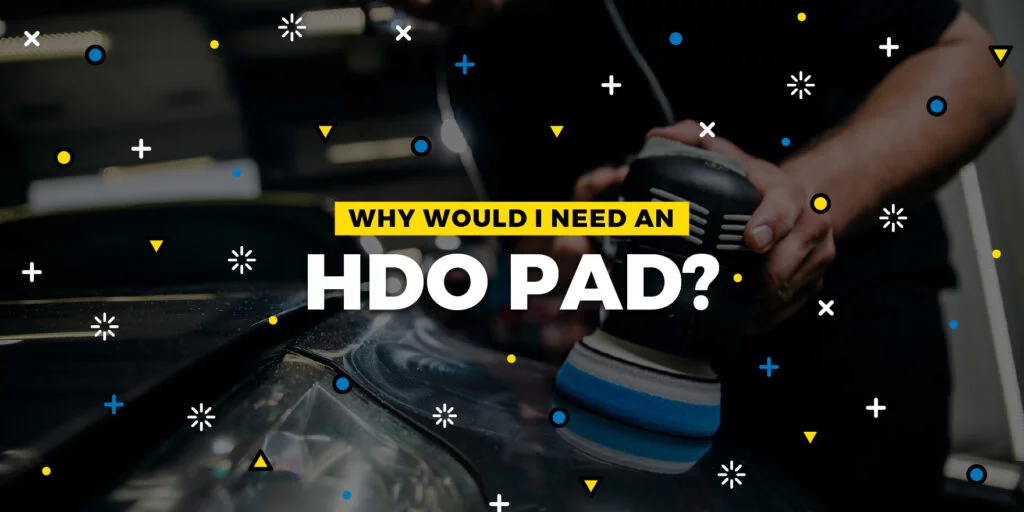
Why Would I Need an HDO Pad?
Written for the IDA Detail Dialogue, Published December 2022 In detailing, we naturally obsess over tiny details – hence the
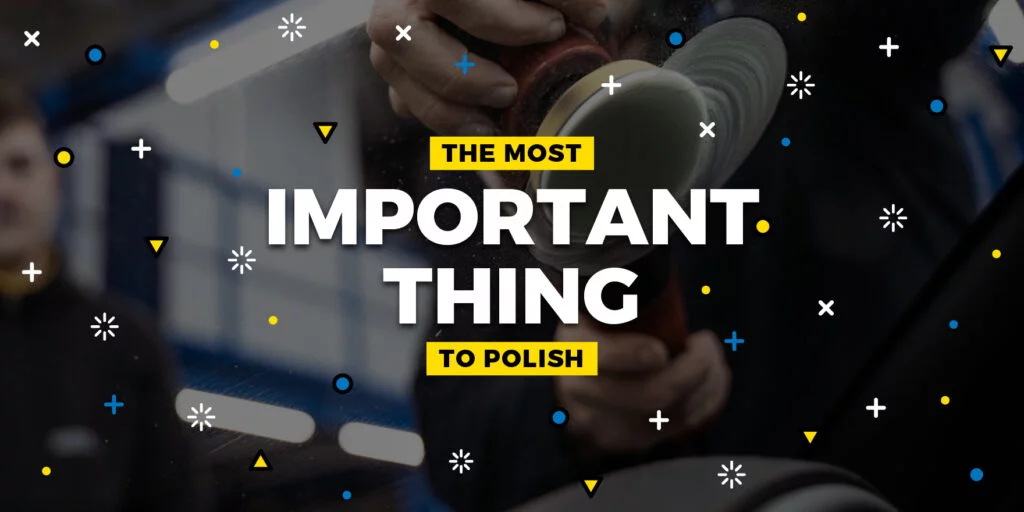
The Most Important Thing To Polish?
Polishing glass ranks as one of the most overlooked detailing skills and services. Aside from being aesthetically pleasing to have
"*" indicates required fields
